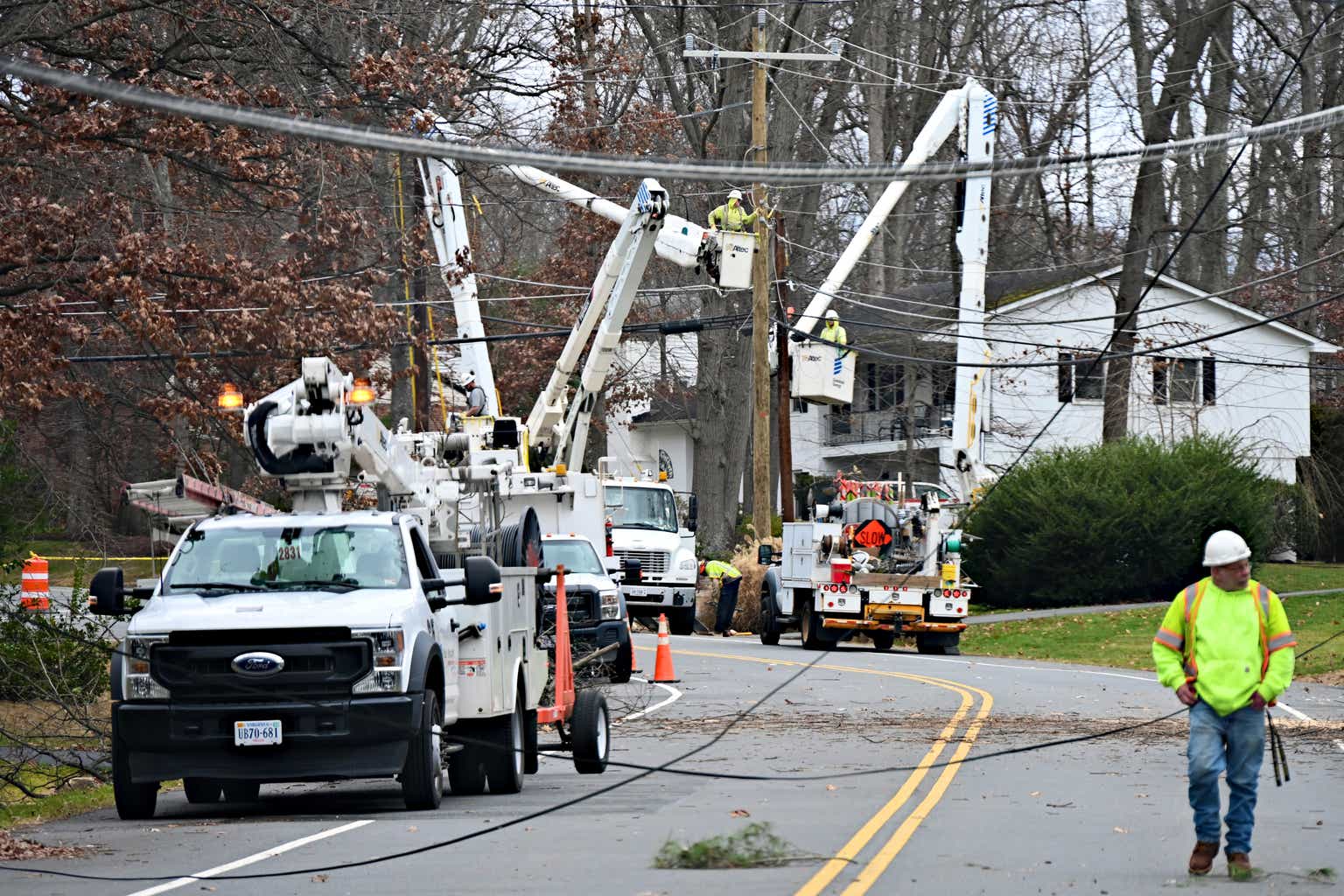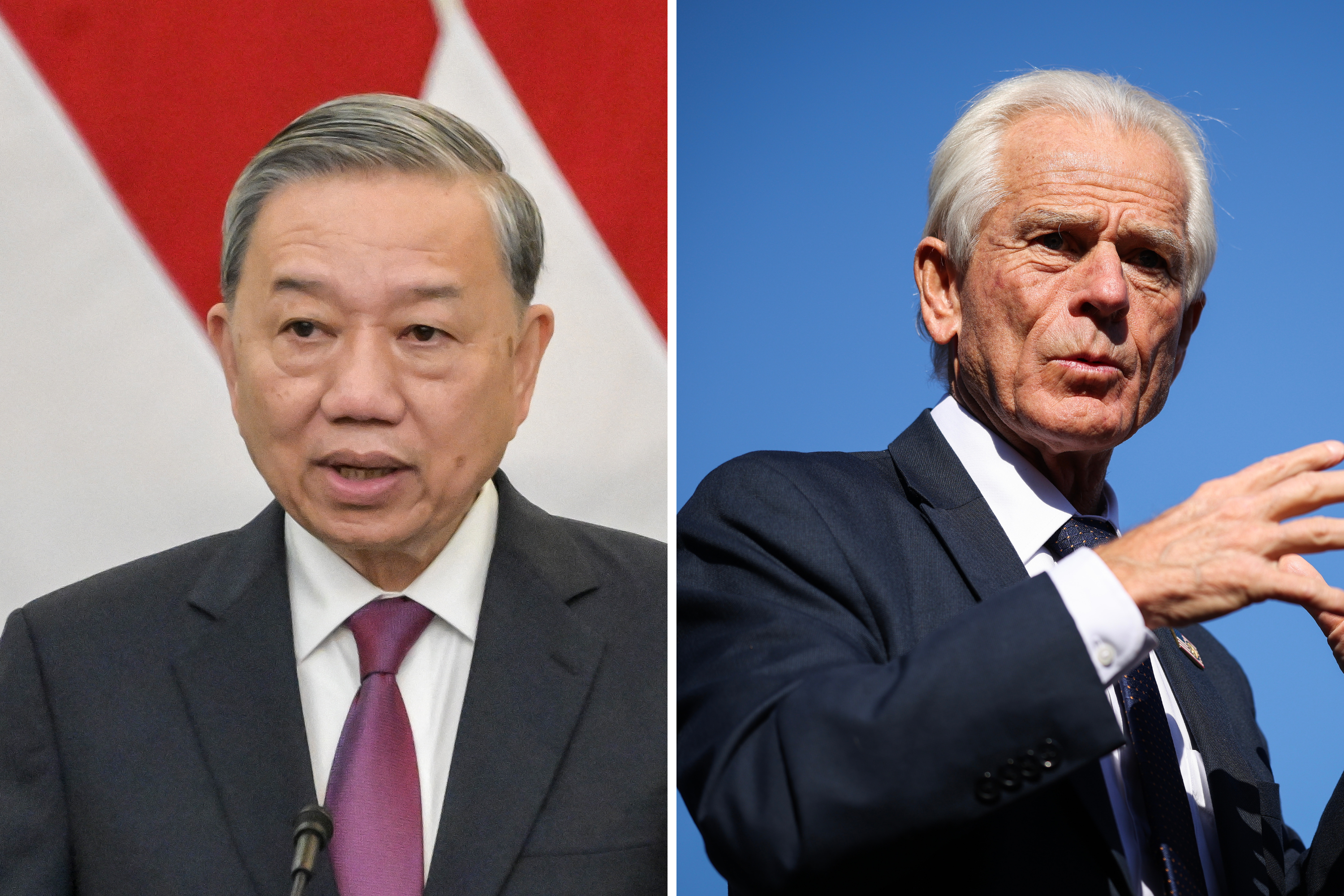Wall Street’s worst day since 2020
Ouch! Wall Street has suffered its worst day since the early months of the Covid-19 pandemic.
As the closing bell rings out across the New York Stock Exchange, a brutal wave of selling has driven the main indices to their worst one-day falls in around five years.
The S&P 500 index is down 4.9% at the close, which Reuters flags is the biggest one-day drop since June 2020.
The Dow has also posted its biggest one-day drop since June 2020, down 4%.
Donald Trump’s claim today that the markets are going to boom has a rather hollow ring.
Especially as it was a particularly grim day for tech stocks – the Nasdaq tumbled 5.9%, its worst one-day performance since March 2020, when fears over the pandemic were rocking markets.
The scale of the selloff, wiping trillions of dollars off the value of US companies, highlights just how alarmed investors are by the tariffs announced by Donald Trump last night, and the fears they could lead to a recession.
That’s all from our coverage of the global market reaction to the Trump trade war, until tomorrow.
Our US Politics Live blog is covering all the action:
Goodnight. GW
Key events
With recession fears bubbling, asset management firm Schroders is among those cutting its US growth forecasts.
Johanna Kyrklund, Group Chief Investment Officer at Schroders, explains why:
Certainly, Trump’s opening salvo points to higher tariffs than we were expecting, and our economic forecasts are being adjusted downwards with an expectation of around 1% US GDP growth for 2025.
This leads us to reduce our weight in equities, and we see value in government bonds as a hedge against the risk of recession for the first time in this cycle. We continue to like gold as it benefits from both weaker growth and the more structural risk posed by rising debt levels.
Going forward the reaction of the rest of the world will be critical. The countries on the list will have to make their decision either to retaliate and escalate the war – or to contemplate reducing their trade imbalance with the US. How long this will take will also matter for the market.
But let’s also try and tease out some positives. Trump’s framework, laid out on a physical chart, is clear. One might dispute the approach – of using each country’s trade deficit with the US – but by applying the principle of imposing 50% of the calculated rate they have laid out a clear framework for negotiation. This might feel like a game of snakes and ladders, but at least we are starting to understand the rules. That gives markets a basis for pricing these risks.
















